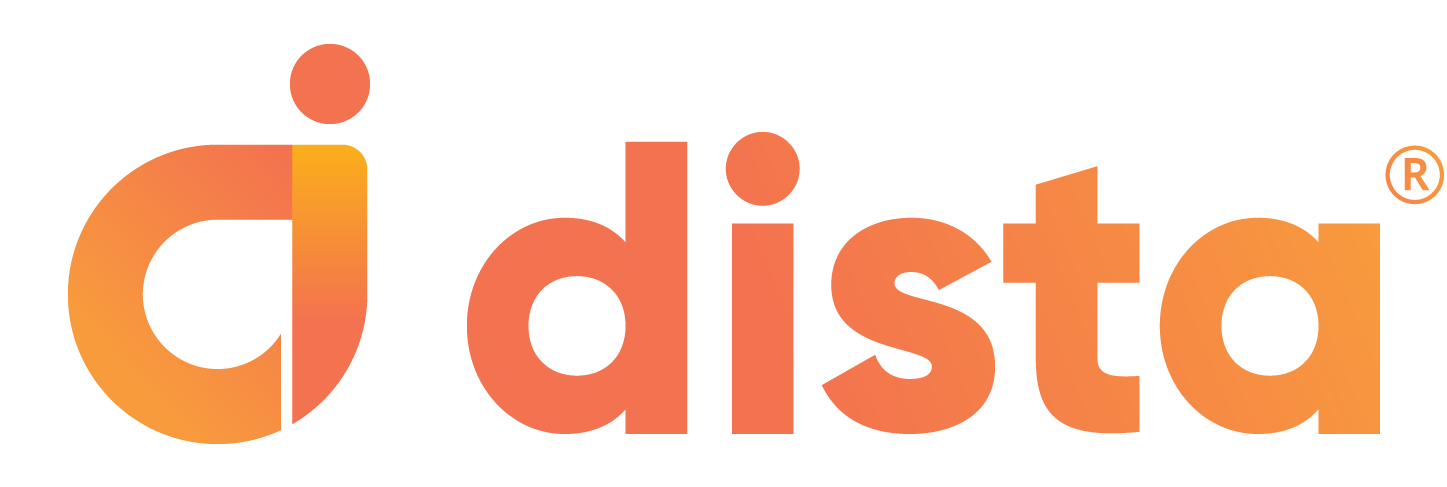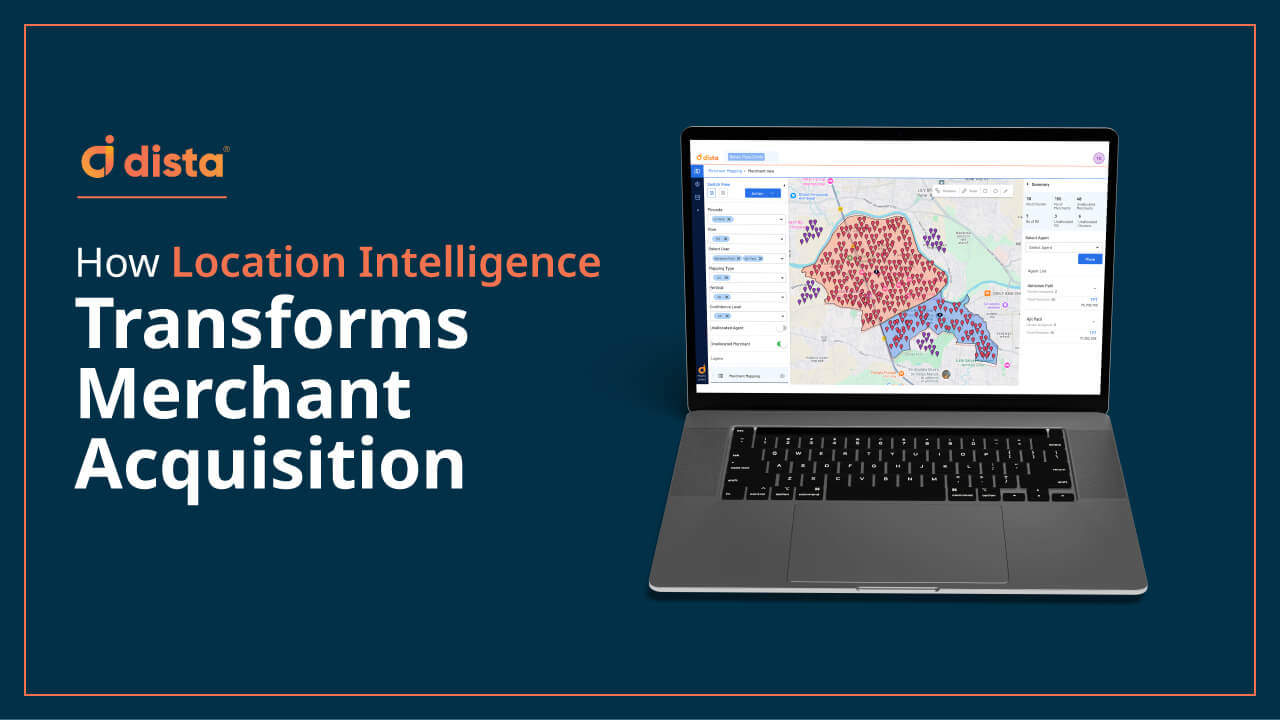Several organizations across industries like Banking and Financial Services, CPG, Retail, Insurance, etc., run large in-field operations. These include field sales, managing channel partners, beat plans, delivery orchestration, managing dealer networks, and many more. Most managers and supervisors run their field teams with low- to no-visibility into their day-to-day work.
This poses several challenges in assigning tasks, distributing them on the fly to manage workload for field agents, evaluating individual performance, boosting productivity, etc.
This post aims to highlight some of the main challenges faced in field staff tracking and how organizations can overcome them.
1. Ineffective Task Allocation
Inefficient task allocation can lead to sub-optimal resource utilization and operational bottlenecks. Organizations with large field resources should have access to smart technology that automates task allocation with an option to manually override as necessary. Most tools do not offer these; thus straining managers with manual work.
Imagine having a central system that can take over task allocation, leaving managers and supervisors with more time to focus on key and strategic tasks.
This system, with its smart allocation engine, can optimize task allocation, ensuring timely leads and tasks are assigned based on relevant factors, including availability, capacity, skillset, and proximity while optimizing routes for maximum efficiency. Organizations should invest in smart AI-powered systems to make their processes more efficient.

Read more about Dista’s SPACE framework here.
2. Limited Visibility and Insight
The lack of real-time, map-based visibility into field operations can hinder decision-making and compromise overall efficiency. Not having insights into team activity also poses problems for managers in gauging the workload on team members and equitably balancing task distribution.
An effective solution to overcoming this is leveraging a field operations management tool. A tool like this can provide detailed insights into ETAs, routes, task capacity, and job allocation in real-time, offering a comprehensive view of field activities to enhance decision-making.
There are several tools available that can alleviate key concerns like these; Dista has several products that are carefully designed to serve targeted use cases ranging from delivery to field sales and more.

3. Geographical Expansion Challenges
Expanding geographical and business coverage without properly optimizing field resources can lead to inefficiencies and increased operational costs. This problem is compounded by not all organizations effectively managing their territories, including mapping, distribution, etc.
Organizations need to begin with mapping their territories well. Coverage areas are paramount to succeeding in customer acquisition or relationship initiatives. They need to cluster them based on prospect/customer data, zip codes, size, etc.
This helps in equitable distribution of field reps and other resources. Clustering facilitates field force optimization, enabling organizations to allocate resources strategically for maximum impact, thereby addressing geographical expansion challenges effectively.

4. SLA Adherence Concerns
Meeting SLAs consistently is essential for customer satisfaction, and a lack of effective SLA management can result in dissatisfaction. This is not only dependent on field reps not doing the best job but also on the fact that they might be overloaded with work.
All SLAs must be adequately defined and relayed to all field reps at all times. Helping them track them with ETAs can help improve overall performance. This is one of the key challenges organizations face, especially in customer-facing situations.
All supervisors should have a central dashboard that lets them monitor all SLAs. A specialized field management software such as Dista ensures SLA management by helping teams meet service level agreements consistently, enriching the overall customer experience. It is customizable to adjust and cater to organizations-specific business rules and SLAs.

5. Documentation and Reporting Hassles
Heavy reliance on manual processes for tracking field staff attendance, expenses, and audit trails leads to several inefficiencies and errors. Not only this, but it also eats into their time, which can otherwise be spent on more crucial and strategic tasks.
Organizations should embrace platforms that encourage moving to automated and paperless processes. They digitize and automate attendance, expense management, and audit trails, promoting a paperless workflow and allowing managers to focus on team management and strategy.
What Makes Dista a Key Tool in your Arsenal?
Dista is more than just a tool – it’s a strategic ally for organizations seeking to revolutionize their field operations. By addressing key challenges through innovative solutions grounded in location intelligence and geospatial analysis, Dista empowers organizations to achieve unparalleled efficiency, enhance customer experience, and thrive in today’s competitive business landscape. Embrace the future of field staff management with Dista and propel your organization toward success.
Book a demo today and take the first step toward improving field staff tracking.





